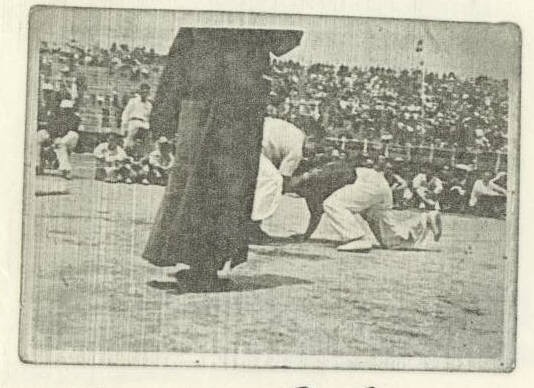If you can control your opponent's arms when you take him down, you will have less chance to be punched. By using this guideline, some throws have higher risk than others.
1. Under hook, over hook - you control both of your opponent's arms.
2. Head lock, hip throw - you control one of your opponent's arms.
3. Bear hug, single leg, double legs - both of your opponent's arms are free.
As for the risky factor, 3 > 2 > 1.
When you use both arms to deal with both of your opponent's arm, you will need to use "leg skill" (such as cut, hook, scoop, break, block, bite, lift, spring, twist, ...). IMO, since most MMA fighters have to train striking, take down, and ground game, they may not have enough time to develop their leg skill. It's very common that they choose take downs that don't require leg skill.
The head lock diagonal cut throw will have less chance to be punched compare to double legs. It requires to use the leg skill "cut".

